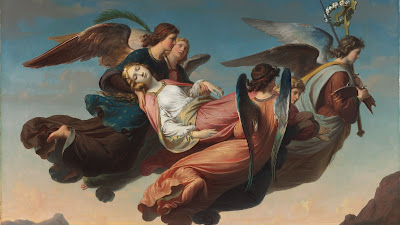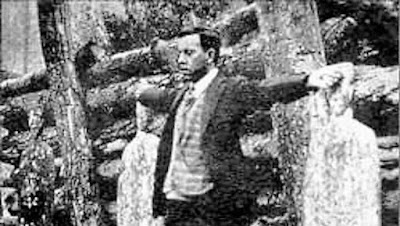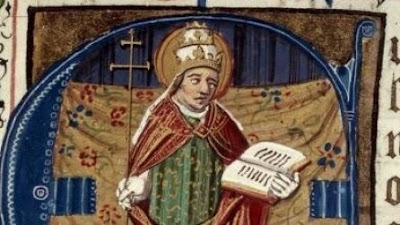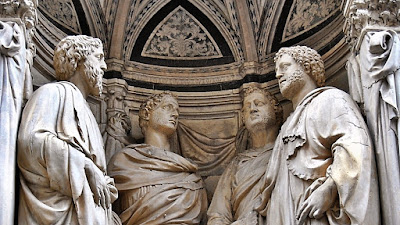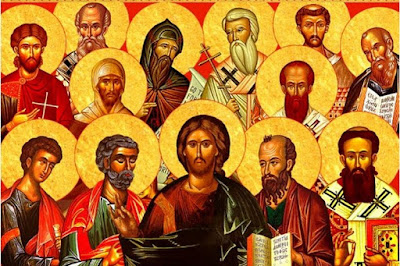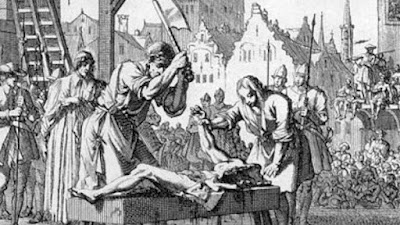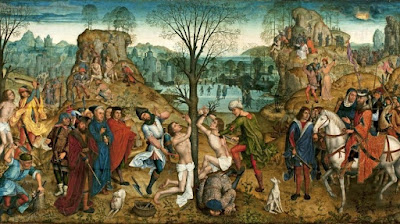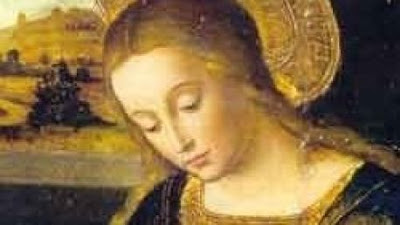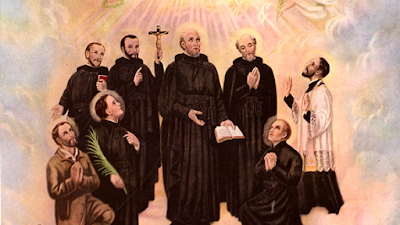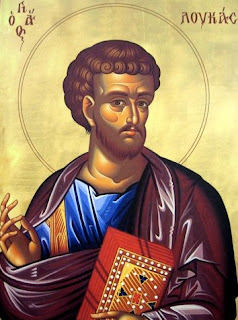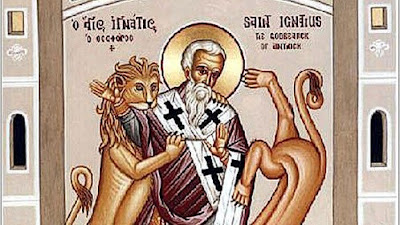Feast of Saint Andrew, Apostle

The Feast of Saint Andrew, one of the twelve apostles selected by Our Lord, is November 30th. Andrew has the distinction of introducing his brother Peter to Jesus, saying, "We have found the Messiah." Overshadowed henceforth by his brother, Andrew nevertheless appears again in the Gospels as introducing souls to Christ. After Pentecost, Andrew took up the apostolate on a much wider scale, and is said to have been martyred at Patras in southern Greece on a cross which was in the form of an "X". This type of cross is known as a "St. Andrew's cross." Andrew did not belong to the inner circle of the apostles, Peter, James and John, and the evangelists record nothing extraordinary concerning him [John 6:8]; but tradition extols his great love for the Cross and for the Savior. The Church distinguishes him in the Mass [his name occurs in the Canon and in the Libera since the time of Pope Saint Gregory I] as well as in the Divine Office. The story of hi

